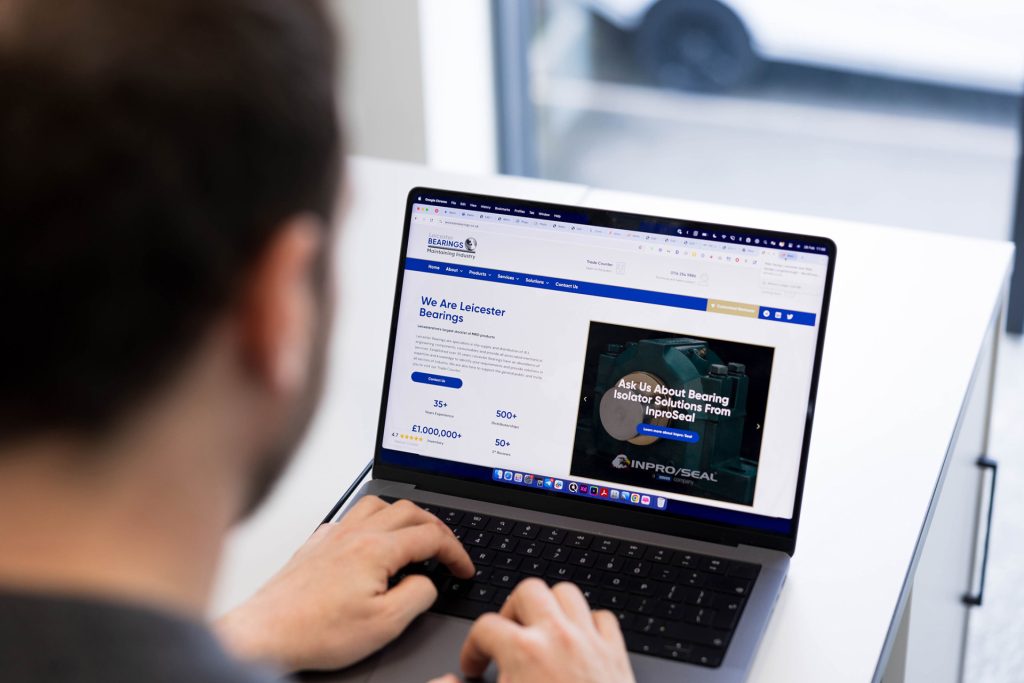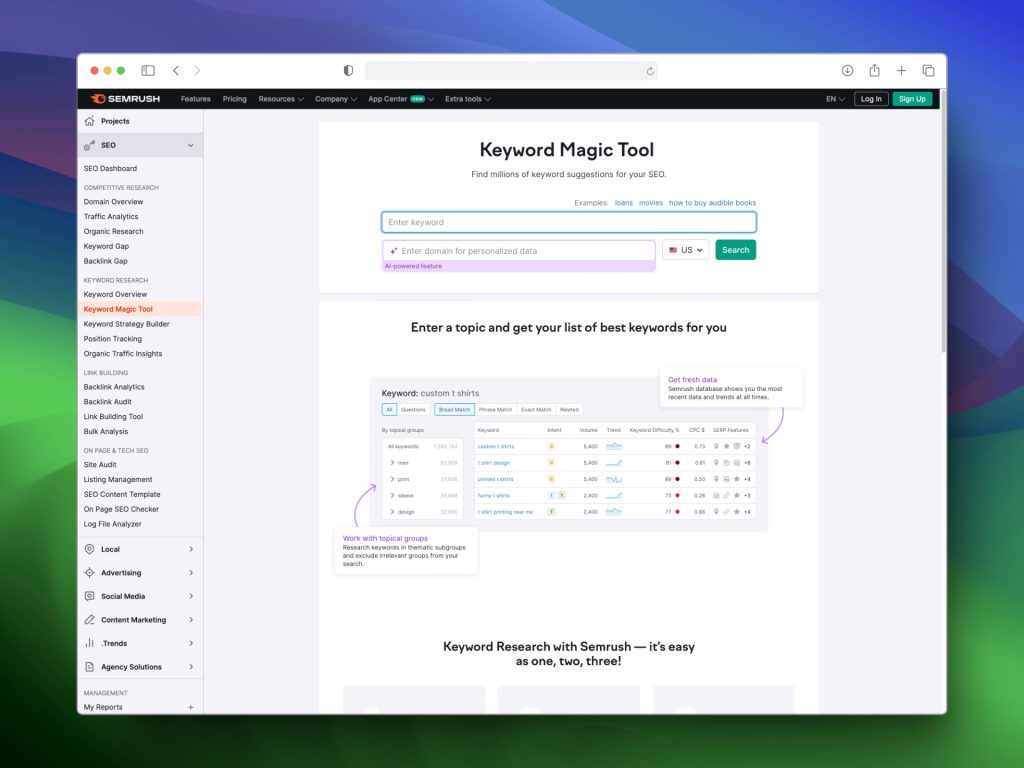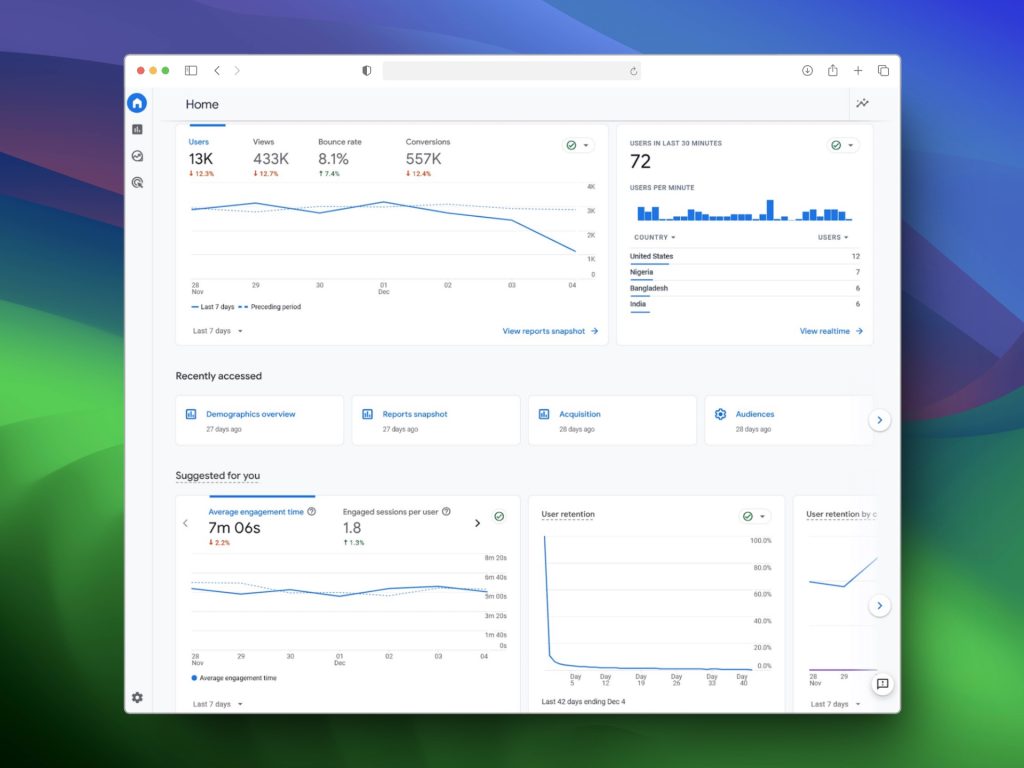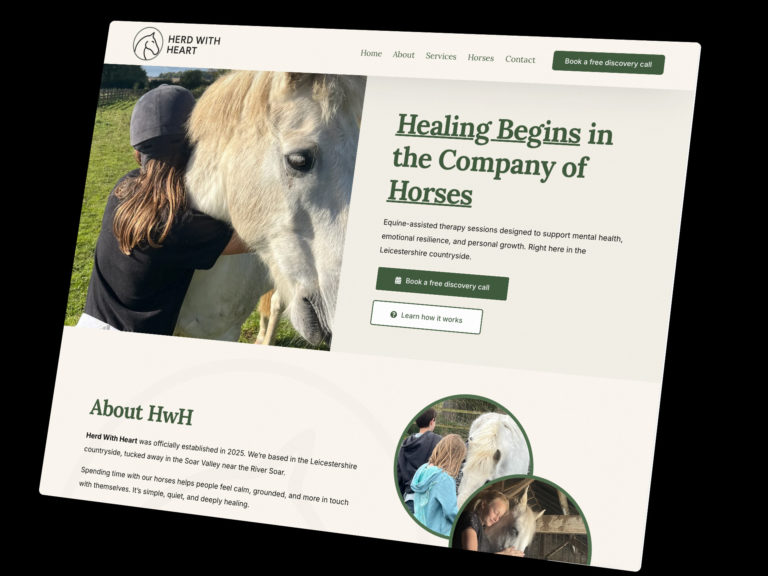SEO, or Search Engine Optimisation, is a crucial element of web design and digital marketing. It’s what helps your website get found by potential customers through search engines like Google. If you’ve ever wondered why some websites appear at the top of search results while others are buried on page ten, the answer lies in SEO. This guide will walk you through the basics of SEO, providing essential tips and strategies to improve your website’s visibility.
What is SEO and Why is it Important?
Understanding SEO
SEO stands for Search Engine Optimisation. It encompasses various strategies and techniques aimed at improving a website’s visibility on search engines. By optimising your website for search engines, you increase the chances of appearing in search results when users search for keywords related to your business.

Importance of SEO in Web Design
Incorporating SEO into your web design is vital. It ensures your site is not only visually appealing but also search engine friendly. An optimised website attracts more traffic, leads, and conversions. Simply put, without SEO, your website might as well be invisible online.
How Search Engines Work
Crawling and Indexing
Search engines use bots to crawl the internet, discovering new and updated pages. Once these bots find your website, they index the content, which means they store and organise the information to serve it in search results.
Ranking Factors
Search engines use complex algorithms to rank web pages. These algorithms consider various factors, including relevance, quality of content, user experience, and backlinks. Understanding these factors is key to optimising your site effectively.
Basic SEO Tips for Beginners
Keyword Research
Keywords are the terms and phrases users type into search engines. Conduct thorough keyword research to understand what your audience is searching for. Use tools like Google Keyword Planner to find relevant keywords for your content.
At dotwall, we use a variety of tools to perform keyword research. For instance, we look for keywords that have high search volumes but low competition to give our clients the best chance of ranking well. This strategic approach helps us tailor content that meets the needs of our clients’ target audiences.
On-Page SEO
On-page SEO involves optimising individual pages to rank higher. This includes:
- Using keywords naturally in your content.
- Crafting compelling meta titles and descriptions.
- Ensuring your URLs are clean and descriptive.
- Optimising images with alt text.
Technical SEO
Technical SEO focuses on the backend of your website. Ensure your site loads quickly, is mobile-friendly, and has a secure (HTTPS) connection. Use tools like Google Search Console to monitor and fix technical issues.

The Role of Content in SEO
Quality Content
High-quality content is the backbone of SEO. Create valuable, informative, and engaging content that addresses the needs of your audience. Regularly update your blog and add new pages to keep your site fresh.
Content Marketing
Promote your content through various channels like social media, email newsletters, and guest blogging. The more exposure your content gets, the more likely it is to attract backlinks and traffic.
Building Backlinks
What Are Backlinks?
Backlinks are links from other websites to your site. They act as votes of confidence and can significantly impact your search rankings. Aim to acquire backlinks from reputable and relevant sites.
Strategies for Building Backlinks
- Create shareable content like infographics and videos.
- Reach out to industry influencers and bloggers.
- Participate in forums and online communities.
- Write guest posts for other blogs.
Monitoring and Analysing SEO Performance
Use Analytics Tools
Utilise tools like Google Analytics and Google Search Console to track your SEO performance. These tools provide insights into your traffic, user behaviour, and which keywords are driving visitors to your site.
Adjust and Improve
SEO is an ongoing process. Regularly review your analytics to identify areas for improvement. Adjust your strategies based on data to continually enhance your site’s SEO.

Final Thoughts
SEO is a critical component of web design and digital marketing. By understanding the basics of SEO and implementing these strategies, you can significantly improve your website’s visibility and attract more visitors. Remember, SEO is not a one-time task but an ongoing effort. Stay updated with the latest trends and continuously refine your tactics for the best results.
For more useful tips from dotwall, sign up to our newsletter to get a dose of the best content.





